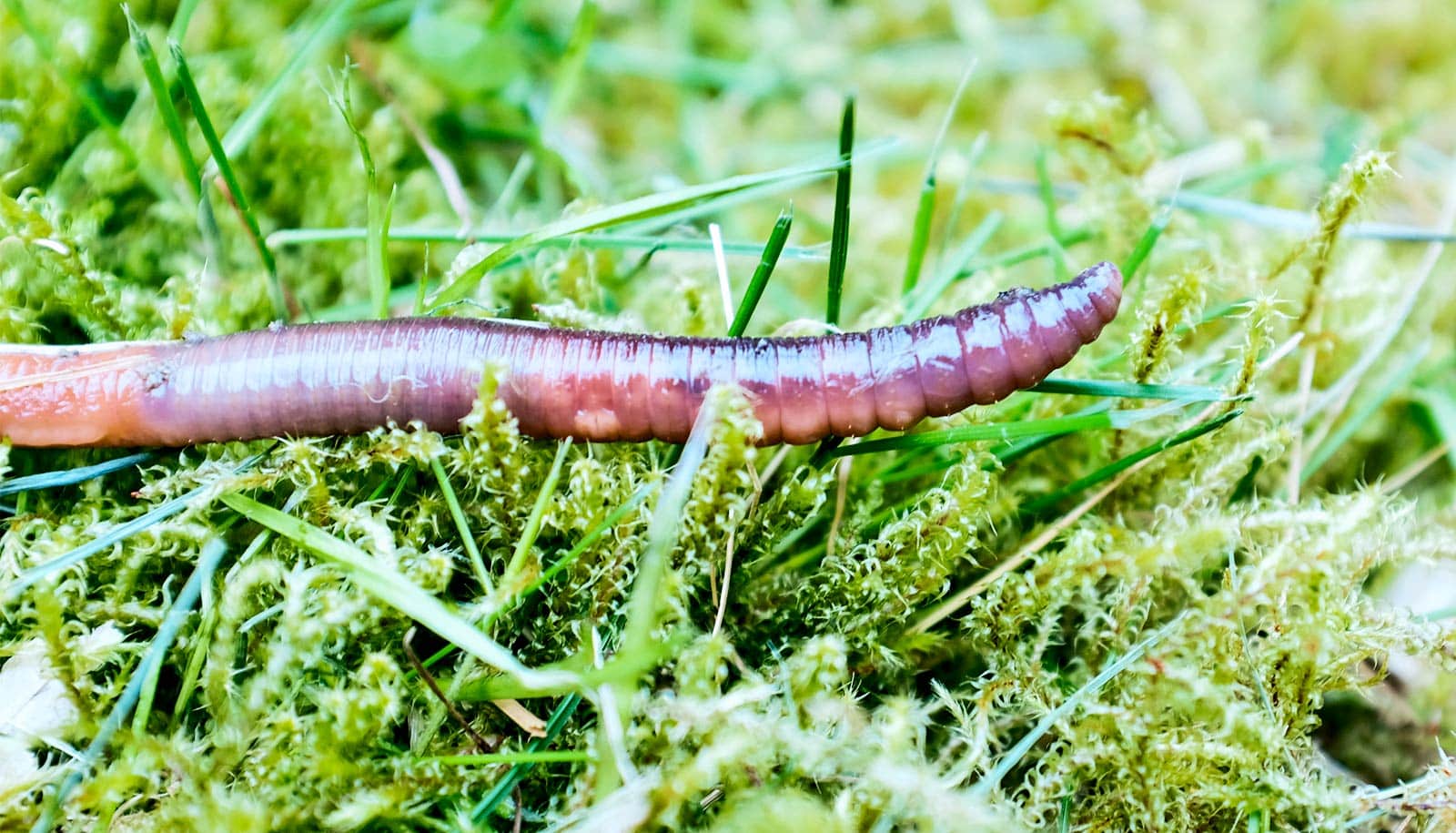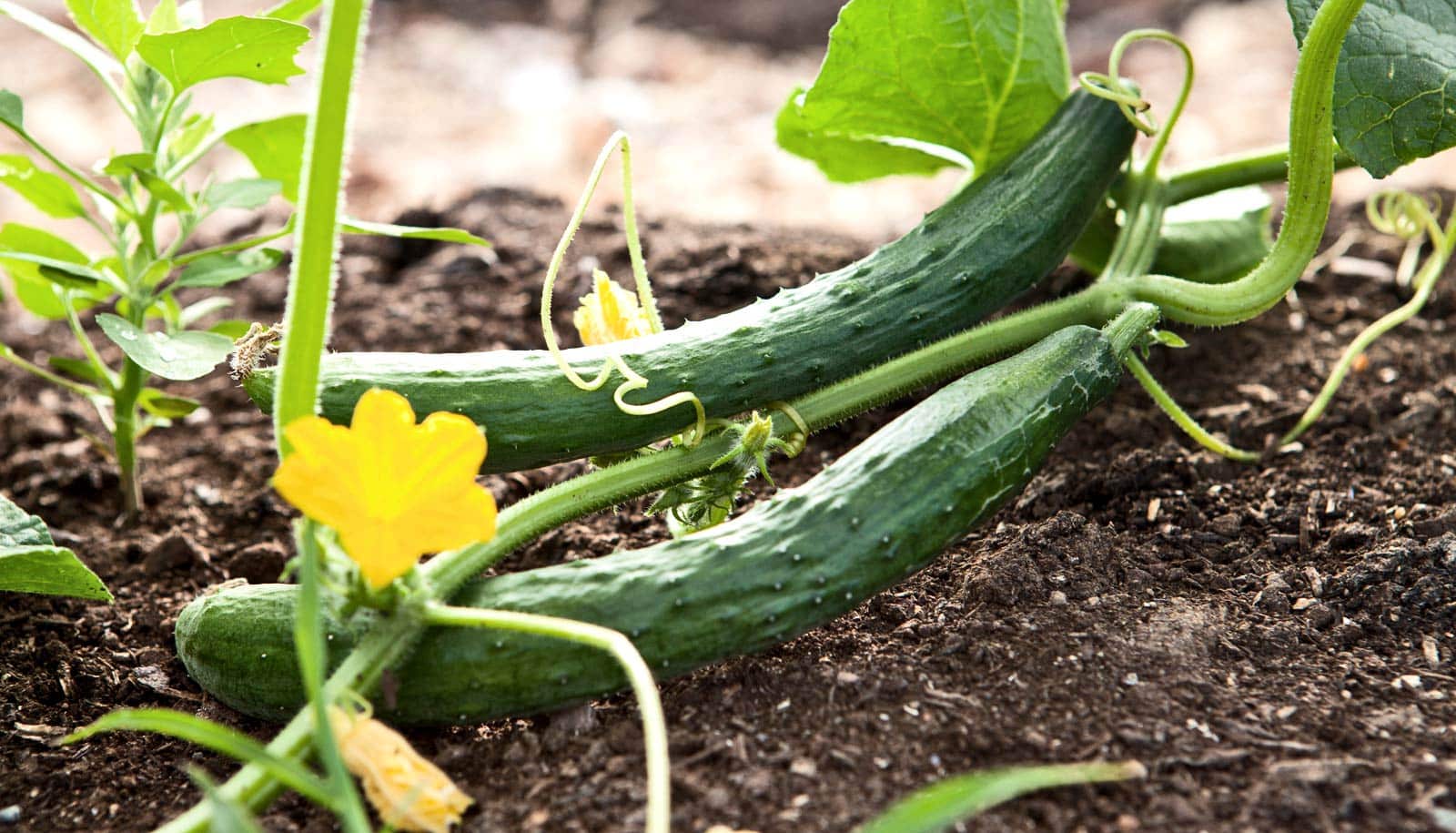Climate change could alter earthworm communities worldwide, threatening the many functions they provide, researchers warn.
Surprisingly, in any single location, there are typically more earthworms and more earthworm species found in temperate regions than in the tropics, according to their new study. The results of the huge effort—the largest earthworm dataset worldwide, encompassing 6928 sites in 57 countries—show that patterns of belowground biodiversity do not match those observed for organisms living aboveground, which could have implications for conservation efforts.
Plant, insect, or bird diversity (the number of species within any given area) typically increases from high to low latitudes, meaning that the number of species is highest in the tropics.
For earthworms, however, researchers found the opposite pattern. In fact, they found the highest local earthworm diversity in Europe, the northeastern US, and New Zealand. Similar patterns for earthworm abundance (the number of individuals per area) and earthworm biomass (the mass per area) also showed the highest values in temperate regions.
At the same time, earthworm species in the tropics seem to have smaller distribution ranges.
“In the tropics, if you drive just a few kilometers, you may find a whole new set of earthworm species, while in the colder regions they remain more or less the same,” says Helen Phillips, researcher at the German Centre for Integrative Biodiversity Research (iDiv), and first author of the paper, published in Science.
“This could mean that while there are few species found in a single location in the tropics, the total number of species across the whole region may in fact be extremely high. But we don’t know yet.”
The main reason for this uncertainty is that scientists have yet to describe many tropical earthworm species. Thus, earthworms identified at different locations could belong to the same species or not—a question researchers still have to resolve.
Global map of earthworms
Although the great impact of earthworms on ecosystems and the services they provide to people are well known, that’s not the case with how they are distributed on a global scale.
“Researchers have known for decades that for any given area in the tropics we would usually expect more species than in the same sized area in temperate regions,” Phillips says. “But until now, we had been unable to investigate quantitatively the same global patterns for earthworms, as there was no global earthworm dataset.”
Phillips and her colleagues aimed to create a global map using as much data on earthworm diversity, abundance, and biomass as possible. The team contacted earthworm researchers from around the world and asked them to provide data for compiling a whole new global earthworm dataset with open access for everyone.
“Earthworms may…not have the charisma of a panda bear, but they are extremely important for other organisms and the functioning of our ecosystems.”
“We basically started from scratch in 2016—only a couple of years later we could publish one of the largest datasets on soil biodiversity,” says Nico Eisenhauer, research group head at iDiv and a professor at Leipzig University.
Earthworms live in many ecosystems. Where the soil is not frozen (permafrost), too wet, acidic, or completely dry (deserts), earthworms substantially shape the way ecosystems function. They dig holes, mix soil components, and eat organic debris.
In doing so, they drive a wide range of ecosystem services, such as nutrient provision, freshwater supply, carbon storage, climate mitigation, or seed dispersal. It is for these reasons that researchers consider them highly important “ecosystem engineers.”
This importance is also reflected in the large amount of biomass that accumulates in earthworms: in fact, the total earthworm biomass is often larger than that of all mammals living in the same area.
Earthworm communities
Joann Whalen, of the natural resource sciences department at McGill’ University and a coauthor of the current study, has done extensive surveys of earthworm populations in southern Quebec for 20 years.
“Initially, we thought that our Quebec datasets were interesting, although they cover a limited geographical area. But then, we were impressed how many colleagues from around the world were highly motivated to share their data for this exciting endeavor.
“Here in southern Quebec there is a healthy and varied earthworm population both in the uncultivated strips of land close to rivers and waterways and in hayfields, pastures, and agricultural fields with regenerative farming practices like no-tillage and crop rotations. We encourage farmers and citizens to leave organic residue like leaves and straw on the ground because they are good for the fertility of the soil and are excellent food for earthworms. Generally, the earthworm population seems pretty happy here in southern Quebec,” Whalen says.
Worms as ‘ecosystem engineers’
Researchers also assessed which environmental factors drive the number of earthworm species, as well as their abundance and biomass. They found that factors related to precipitation and temperature had the largest effects.
“Based on these strong climate effects, we conclude that climate change could cause shifts in earthworm communities and change the functions and services ecosystems provide,” Eisenhauer says. “Given their role as ecosystem engineers, we are concerned about potential cascading effects on other organisms like microbes, soil insects, and plants.”
The study’s findings have implications for conservation priorities: Biodiversity is usually an important criterion for the selection of protected areas. However, focusing only on above ground diversity may result in insufficient protection of earthworms.
Therefore, conservationists need to include below ground biodiversity for a complete assessment to identify the planet’s true biodiversity hotspots.
“It’s time for a paradigm shift in the conservation of biological diversity—because they are mostly dwelling in the soil, we easily forget about the amazing creatures under our feet,” Eisenhauer says. “Earthworms may be cryptic and may not have the charisma of a panda bear, but they are extremely important for other organisms and the functioning of our ecosystems.”
Source: McGill University

